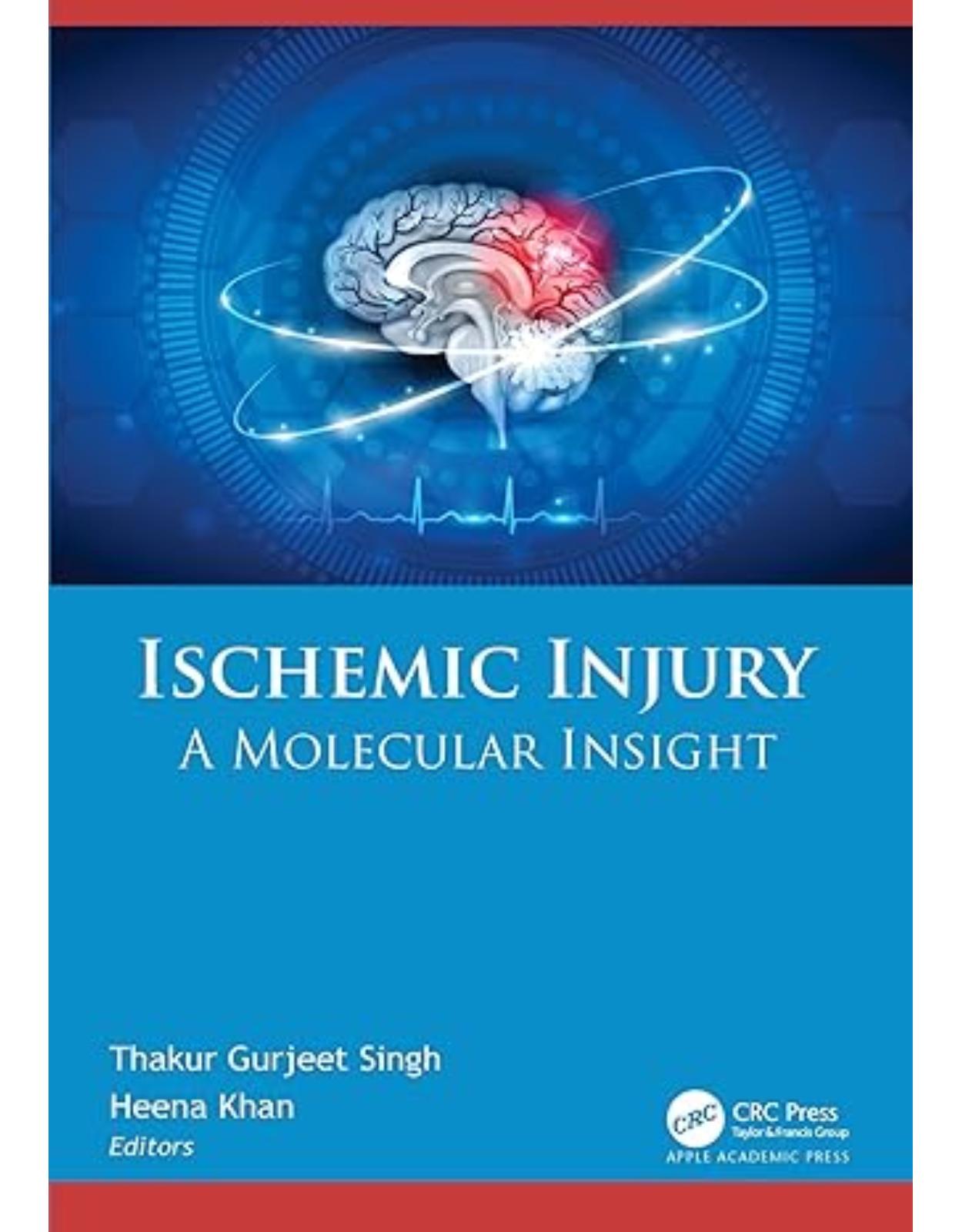
Ischemic Injury: A Molecular Insight
Livrare gratis la comenzi peste 500 RON. Pentru celelalte comenzi livrarea este 20 RON.
Disponibilitate: La comanda in aproximativ 4 saptamani
Editura: CRC Press
Limba: Engleza
Nr. pagini: 564
Coperta: Hardcover
Dimensiuni: 178 x 254 mm
An aparitie: 2024
The World Stroke Organization reports that “stroke has already reached epidemic proportions. Globally1 in 4 adults over the age of 25 will have a stroke in their lifetime. 12.2 million people worldwide will have their first stroke this year, and 6.5 million will die as a result.” Ischemic strokes are the most common type of stroke, with about 87% of all strokes being ischemic strokes. This new volume addresses this epidemic by presenting detailed studies on ischemic injury, with emphasis on the molecular-level mechanisms and the role of signaling pathways in the body, their structure, and their mechanism of action. The book focuses on molecular pharmacology plans and explains the new areas of research on the discovery of therapeutic molecules that can be used for combating this life-threatening disease. The authors discuss stroke occurrence at different stages of life as well as sex-based differences in its treatment. They cover aspects of the clinical treatment and diagnosis of patients with cardiovascular events, including in-depth information on the prevention, evaluation, therapy selection, result projection, and long-term course of the disease in affected patients. They also detail the involvement of platelets, neurotransmitters, renin-angiotensin-aldosterone system, and vitamin D in ischemic injury.
Table of Contents:
Chapter 1 Stroke Insight
1.1 Introduction
1.1.1 Classification
1.1.2 Diagnosis
1.2 Pathophysiology
1.3 Prevention
1.3.1 Secondary Prevention
1.4 Therapy
1.5 Supportive Care
1.6 Conclusion
References
Chapter 2 Myocardial Ischemic-Reperfusion Injury
2.1 Introduction
2.2 Mechanisms and Mediators in Myocardial Ischemia/Reperfusion Injury
2.3 Factors Leading to Worsening of Myocardial Ischemia
2.4 Cardioprotective Strategies
2.4.1 Ischemic Conditioning
2.4.2 Ischemic Postconditioning
2.4.3 Remote Ischemic Conditioning
2.4.4 Pharmacological Cardioprotection
2.4.5 Hypothermia
2.5 Complications Associated with Myocardial Ischemiareperfusion Injury
2.6 Mechanistic Overview
2.7 Conclusion and Future Directions
References
Chapter 3 Preclinical and Clinical Aspects of I/R Injuries
3.1 Introduction
3.2 Ischemic/Reperfusion Injury (I/R Injury) Pathologies
3.2.1 Oxidative Stress and Inflammation: Major Pathologies of I/R Injuries
3.2.2 I/R-Induced Apoptosis
3.2.3 Role of Mitochondrial Nadph Oxidase System in Ir Injuries
3.3 Pathologies of CNS I/R Injuries
3.3.1 Pathological Events During CNS/IR Injuries
3.4 Cvs I/R Injury Pathologies
3.5 Available Treatments For I/R Injury
3.5.1 Non-Pharmacological Strategies for I/R Injuries
3.5.2 Pharmacological Approaches for I/R Injuries
3.6 Recent Data Available on Preclinical and Clinical Reports on I/R Injuries
3.7 Conclusion
References
Chapter 4 Molecular Aspects of Ischemic Reperfusion Injury
4.1 Introduction
4.2 Mechanistic Concepts of Ischemic Reperfusion Injury
4.3 Oxidative Stress System Involved in Ischemic Reperfusion Injury
4.3.1 Nadph Oxidase System
4.3.2 Xanthine Oxidase System
4.3.3 Mitochondrial Electron Transport Chain
4.4 Cell Death Mechanism Involved in Ischemic Reperfusion Injury
4.41 Autophagy
4.42 Apoptosis/Mitoptosis
4.43 Necrosis/Necroptosis
4.5 Conclusion
References
Chapter 5 Role of Mitochondria in Ischemic-Reperfusion Injury
5.1 Introduction
5.1.1 Mechanism of Ischemia-Reperfusion Injury
5.1.2 Mitochondria
5.2 Electron Transport Chain Damage and Its Molecular Pathology
5.2.1 Complex I
5.2.2 Complex Ii
5.2.3 Complex Iii
5.2.4 Complex IV–Cardiolipin
5.2.5 Cytochrome C
5.3 Ros
5.4 Reactive Nitrogen Species
5.5 Disturbances of Ions
5.6 Ischemic Reperfusion Injury and Mitochondrial Fission
5.7 The Mitochondrial Permeability Transition
5.8 mPTP and Mitophagy
5.8.1 Pathological Implications of mPTP Opening
5.9 Cell Damage in Ischemia-Reperfusion Injury
5.9.1 Mitoptosis and Apoptosis
5.9.2 Necroptosis and Necrosis
5.9.3 Autophagy
5.1.0 Conclusion
References
Chapter 6 Stroke and its Effects in Daily Life
6.1 Introduction
6.2 National And International Status Of Stroke
6.3 How Does Stroke Affect in Everyday Life?
6.3.1 Fatigue Effect
6.3.2 Effect of Acupuncture
6.3.3 Visual Loss
6.3.4 Effects Of Gardening
6.3.5 Incontinence
6.3.6 Shoulder Pain
6.4 Risk Factors
6.4.1 Smoking
6.4.2 Diabetes Mellitus
6.4.3 Alcoholism
6.4.4 Cholesterol
6.4.5 Hypertension
6.4.6 Drug Abuse
6.5 Preventive Measures And Biomarkers
6.5.1 Telestroke Capacity
6.5.2 Antiplatelet Therapy (Table 6.1)
6.5.3 Mechanical Thrombectomy
6.5.4 Anticoagulants
6.5.5 Surgical Therapies
6.6 Herbal Drugs to Treat Stroke
6.6.1 Aqueous Extract Of Saffron
6.6.2 Tetramethylpyrazine
6.6.3 Ginsenoside
6.6.4 Tanshinone
6.6.5 Gastrodin
6.6.6 Baicalin
6.6.7 Ginkgo Biloba
6.6.8 Sanhua Decoction
6.7 Biomarkers For Stroke
6.8 Current Therapeutic Approach
6.8.1 Recanalization Treatment
6.8.2 Thrombolytics
6.8.3 Neuroprotective Agents
6.8.4 Photothermal Therapy (Ptt)
6.8.5 Nanomedicines For Ischemic Stroke
6.8.6 Peptides
6.9 Future Directions
6.9.1 Nanomedicines
6.9.2 Advancement Of Neuronal Imaging Techniques
6.9.3 Neurosteroid Treatment
6.9.4 Stem Cell Therapy
6.10 Complications (Table 6.6)
6.11 Conclusion
References
Chapter 7 Etiopathogenesis and Molecular Targets in Cerebral Ischemia: Current Understanding of Stroke and Therapeutic Approaches
7.1 Introduction
7.2 Epidemiology
7.3 Cerebral Blood Supply And Sites Of Artery Occlusion In Ischemia
7.4 Types Of Cerebral Ischemia And Clinical Manifestations
7.5 Risk Factors Of Cbf Deregulation And Is
7.6 Pathophysiologic Mechanisms
7.6.1 Glutamate-Dependent Excitatory Mechanisms
7.6.2 Glutamate-Independent Calcium Toxicity
7.6.3 Mitochondrial Dysfunction And Energy Depletion
7.6.4 Inflammation
7.6.5 Oxidative Stress
7.6.6 Ischemic Tolerance
7.7 Summary And Future Directions
References
Chapter 8 Expatiating the Pivotal Role of Matrix Metalloproteinases and Blood-Brain Barrier Disruption in Ischemic Stroke: Molecular Insights and Therapeutic Targets
8.1 Introduction
8.2 Blood-Brain Barrier Disruption And Ischemic Stroke Cross Talk
8.3 Unfolding Matrix Metalloproteinases In Ischemic Stroke
8.4 Deteriorative Role Of Mmp In Stroke
8.5 Mmps And Stroke: Footprints Of Oxidative Stress
8.6 MMPS and TPA–The Culprit Party
8.7 Neuroprotective Effects Of Matrix Metalloproteinases
8.8 Matrix Metalloproteins As A Therapeutic Target In Ischemic Stroke
8.9 Conclusions And Future Prospects
References
Chapter 9 Acute Ischemic Stroke in COVID-19 Patients
9.1 Introduction
9.2 Coronavirus And Sars-Cov-2
9.3 Pathogenesis Of Ischemic Stroke And Covid-19
9.3.1 Coagulopathy
9.3.2 Endothelial Dysfunction
9.3.3 Cardio Embolism
9.3.4 Direct Viral Invasion Of The Central Nervous System
9.3.5 Neuroimaging Features
9.4 Mechanisms Of Stroke In Covid-19
9.5 Risk Of Stroke And Covid-19 Patients
9.6 Clinical Presentation
9.7 Treatment Of Acute Ischemic Stroke (Ais) In Covid-19
9.7.1 Thromboprophylaxis
9.7.2 Intravenous Thrombolysis
9.7.3 Anesthesia For Mechanical Thrombectomy
9.7.4 Immunoglobulin Therapy
9.8 Challenges Of Managing Stroke In The Setting Of Covid-19
9.9 Conclusion And Recommendation For Future Research
References
Chapter 10 Neurotransmission Imbalance: A Major Factor in the Worsening of Ischemic Injury
10.1 Introduction
10.2 Epidemiology
10.3 Types Of Strokes
10.3.1 Hemorrhagic Shock
10.3.2 Brainstem Hemorrhage Stroke
10.4 Risk Factors
10.4.1 Smoking
10.4.2 Alcohol Consumption
10.4.3 Motor Vehicle Accidents (Mva)
10.4.4 Violence
10.4.5 Explosive Blasts
10.4.6 Firearms
10.4.7 Gender
10.4.8 Hypoxia
10.4.9 Anoxia
10.5 Neurotransmission: The Game-Changer In All Aspects
10.6 Glutamate: Hallmark Of Ischemic Injury
10.6.1 Role Of Glu Receptors
10.7 Gaba: Key In The Pathogenesis Of Ischemic Injury
10.8 Acetylcholine (Ach)
10.9 Role Of Monoamines
10.10 Conclusion
References
Chapter 11 Role of the Renin-Angiotensin-Aldosterone System (RAAS) in Amelioration of Stroke Pathophysiology
11.1 Introduction
11.2 Raas and Ischemic Reperfusion Injury
11.3 Cerebrovascular System And Stroke
11.3.1 Cerebral Inflammation Following Stroke
11.3.2 Role Of Brain Ras
11.3.3 Role Of At1 Receptors
11.3.4 Role of At2 Receptors
11.4 Cardiovascular Disorders And Ir Injury
11.4.1 Role Of Heart Ras
11.5 Modulation Of Raas
11.5.1 Ace Inhibitors In The Management Of Stroke
11.5.2 Role Of Arbs
11.6 Conclusion
References
Chapter 12 Stroke and Diabetes in Vitamin D Deficiency: Prospects of Intertwined Pathobiologies
12.1 Introduction
12.2 Correlation Between Vitamin D Deficiency And Stroke
12.2.1 Plausible Mechanisms
12.3 Hyperglycemia And Vitamin D Deficit: The New Interwoven Relationship
12.4 Molecular Mechanisms
12.4.1 Vit D Maintains the Functioning of Pancreatic Beta Cells
12.4.2 Vitamin D in Relation to Insulin Signaling and Its Sensitivity
12.5 Conclusion
References
Chapter 13 Remote Ischemic Postconditioning: An Overview
13.1 Introduction
13.2 Signal Transduction
13.2.1 Remote Stimulus
13.2.2 Automatic Axon Incentive
13.2.3 Local Synthetic/Pharmacological Incentive
13.3 Remote Ischemic Conditioning
13.3.1 Remote Ischemic Preconditioning
13.3.2 Remote Ischemic Preconditioning
13.3.3 Remote Ischemic Postconditioning
13.4 Signal Transfer
13.4.1 Neuronal Pathway
13.4.2 Humoral Pathway
13.4.3 Immune-Inflammatory Pathway
13.5 Ric Targets
13.5.1 Kidney
13.5.2 Small Intestine
13.5.3 Liver
13.5.4 Brain
13.5.5 Limb
13.5.6 Heart
13.5.7 Lung
13.5.8 Gastrointestinal Tract
13.5.9 Flap of Skeletal Muscle and Skin
13.6 Specific Mediators in Remote Ischemic Conditioning
13.6.1 Adenosine
13.6.2 Thrombocyte-Dependent Signaling
13.6.3 Erythropoietin
13.6.4 Ribonucleic Acid
13.6.5 Apolipoprotein A-I
13.6.6 Biomolecules
13.6.7 Gcg-Related Peptide 1
13.6.8 Stromal Unit Originated Factor-1Α
13.6.9 Lymphocyte Activating Factor Alpha
13.6.10 Interleukin-10
References
Chapter 14 Sex-Based Differences in Acute Kidney Injury: Lessons from Renal Ischemia-Reperfusion Injury Model in Rodents
14.1 Introduction
14.2 Ischemia Reperfusion-Induced Aki
14.3 Sex Difference and Aki
14.4 Mechanisms of Estrogen-Mediated Renoprotection
14.5 Role of Ppar-Γ in Kidney Disease
14.6 Estradiol Ameliorates I/R-Induced Aki Through Ppar-γ Agonism
14.7 Role of No in Kidneys
14.8 Sex Difference and No in Renal Pathophysiology
14.9 Nmda and Kidney
14.10 Estrogen, Nmdar, and Kidney Injury
14.11 Conclusion
References
Chapter 15 Critical Overview of Conditioning Techniques and Their Current Status in the Treatment of Myocardial Ischemia-Reperfusion Injury
15.1 Introduction
15.2 Myocardial Ischemia-Reperfusion (Ir) Injury
15.2.1 Pathological Mechanism Of Myocardial Ischemia snd Ir Injury
15.3 Ischemic Preconditioning (Ipc)
15.3.1 Phases of Cardio Protection Activated by Ipc
15.3.2 Various Cardioprotective Signaling Pathways (Mechanisms) Activated/Deactivated By Ipc
15.3.3 Clinical Applications of Ipc in Cardiovascular Disorders
15.3.4 Disadvantages of IPC
15.4 Remote Ischemic Preconditioning (RIPC)
15.4.1 Cardioprotective Signaling Mechanisms Underlying RIPC
15.4.2 Clinical Applications of RIPC in Various Cardiovascular Disorders
15.5 Ischemic Postconditioning (IPostC)
15.5.1 Cardioprotective Signaling Pathways Underlying IPostC
15.5.2 Clinical Applications of IPostC in Various Cardiovascular Disorders
15.6 Remote Ischemic Postconditioning (Ripostc)
15.6.1 Cardioprotective Signaling Mechanisms Underlying Ripostc
15.6.2 Clinical Applications of Ripostc in Cardiovascular Disorders
15.7 Various Challenges Facing Clinical Research
15.8 Conclusion and Future Directions
Acknowledgments
Conflict of Interest
Authors Contribution
References
Chapter 16 Involvement of Platelets in Myocardial Ischemia and Reperfusion Injury
16.1 Introduction
16.2 Cardioprotective Effect of Platelets
16.2.1 Platelets with a Direct Cardioprotective Effect
16.2.2 Platelets with an Indirect Cardioprotective Effect
16.3 Antiplatelet Therapy's Cardioprotective Effects
16.4 Conclusion
References
Chapter 17 Recent Advancements in Strategies for the Treatment of Cerebral Ischemia
17.1 Introduction
17.2 Epidemiology
17.2.1 Age-Specific Stroke
17.2.2 Gender-Specific Stroke
17.2.3 Geographic Variation
17.2.4 Socioeconomic Variation
17.3 Pathophysiology of Stroke
17.4 Risk Factors
17.5 Targeted Drugs for Ischemic Stroke
17.6 Neuroprotective Agents
17.7 Thrombolytic Agents
17.8 Pre-Clinical Studies
17.9 Clinical Studies
17.10 Conclusions
References
Chapter 18 Recent Therapeutic Approaches Toward the Management of Ischemic Heart Disease
18.1 Introduction
18.2 Disease Pathophysiology
18.3 Various Treatments In Ischemic Heart Disease
18.4 List Of Approved Drugs Used In Ischemic Heart Disease
18.4.1 Organic Nanoparticles
18.4.2 Inorganic Nanoparticles
18.5 Conclusion
References
Chapter 19 Nanotechnology-Assisted Treatment for Ischemic Heart Disease and Related Recent Patents
19.1 Introduction
19.2 Disease Pathophysiology
19.3 Risk Parameters for IHD
19.4 Impact Of Nanotechnology On Ischemic Heart Disease
19.5 Organic Nanoparticles
19.6 List of Clinical Trials/Recent Patents
19.7 Conclusion
References
Chapter 20 Major Risk Factors Involved in the Pathobiology of Ischemic Brain and Heart Disorders
20.1 Introduction
20.2 Global Epidemiology Of Stroke
20.3 Types Of Risk Factors For Stroke
20.3.1 Modifiable
20.3.2 Non-Modifiable
20.4 Conclusion
References
Chapter 21 Modulating Mitogen-Activated Protein Kinase (MAPK) Downstream Signaling Pathways in Cerebral Ischemic Hemorrhages
21.1 Introduction
21.2 Mapk Pathway
21.2.1 The Erk1/2 Mapk Pathway
21.2.2 The P38 Mapk Pathway
21.2.3 The Jnk Mapk Pathway
21.2.4 The Erk5 Mapk Pathway
21.2.5 The Mapk Signaling Pathway And Stroke
21.3 Effect Of Mapk In Cerebral Ischemia
21.4 Effect Of Mapk In Intracerebral Hemorrhage
21.5 Effect of Mapk in Subarachnoid Hemorrhage
21.6 Conclusion
References
Chapter 22 Implication of Mitogen-Activated Protein Kinase (MAPK) in Cerebral Stroke
22.1 Introduction
22.2 Mapk Signaling And Its Subtypes
22.2.1 Apoptosis Signal-Regulating Kinase 1 (Ask1)
22.2.2 Extracellular Signal Regulated Kinase ½ (ERK1/2) Signaling
22.3 Mapk Signaling in Stroke: Protective or Aggressive/A Doubleedged Sword
22.3.1 Protective Mapk Molecular Signaling
22.3.2 Aggressive Mapk Signaling In Stroke
22.4 After Ischemic Stroke Signaling Through P38 Mapk Signaling
22.4.1 Astrocyte Activation
22.4.2 Glial Scar Formation
22.5 Cell Apoptosis and Mapk Signaling
22.6 miRNA Targeting Stroke Via Mapk Signaling
22.7 Jnk Mapk Pathway
22.8 Approaches to Obstruct Mapk in Stroke
22.9 Conclusion
References
Chapter 23 Regulation of JNK Signaling Pathway in Ischemia/Reperfusion Injury
23.1 Introduction
23.2 JNK Signaling Pathway
23.3 Pathophysiological Role of the JNK Pathway in Stroke
23.4 Targeting The JNK Pathway as a Therapeutic Protective Strategy For Different Ischemic Injury
23.4.1 JNK Signaling Pathway and Cerebral Ischemic-Reperfusion Injury
23.4.2 Jnk Signaling Pathway And Myocardial Ischemic-Reperfusion Injury
23.4.3 JNK Signaling Pathway and Renal Ischemic-Reperfusion Injury
23.4.4 JNK Signaling Pathway and Hepatic Ischemic-Reperfusion Injury
23.4.5 Jnk Signaling Pathway And Intestine Ischemic-Reperfusion Injury
23.5 Conclusion
23.6 Future Perspectives
References
Chapter 24 Role of Glycogen Synthase Kinase-3β (Gsk-3β) in Intracranial Hemorrhage
24.1 Introduction
24.2 Introduction To Glycogen Synthase Kinase-3 (GSK-3Β)
24.3 Structure and Subunits of GSK-3Β
24.4 Regulation Of GSK3-Β Activity
24.5 Role Of GSK3-Β in Cerebral Ischemic Stroke
24.6 Role of GSK3 Β in Brain Hemorrhage
24.7 Role of Gsk3Β in Subarachnoid Hemorrhage
24.8 Conclusion
References
Chapter 25 Role of GSK-3 Inhibition in Modulating the Pathology of Stroke
25.1 Introduction
25.2 Mechanistic Approaches Contributing to Stroke
25.2.1 Cell Death Mechanism
25.2.2 Inflammation
25.3 Stroke and Gsk
25.4 Signaling Involved GSK and Stroke
25.4.1 Wnt/β-Catenin Signaling
25.4.2 Pi3k/Akt/Gsk Signaling
25.4.3 NF-κB Signaling
25.4.4 Mapk
25.4.5 Tak1 and Gsk Signaling
25.4.6 Drp-1 and GSK
25.4.7 Nrf2 and GSK
25.5 Therapies to Overcome a Stroke
25.6 Conclusion
References
Chapter 26 Regulation of Nrf-2 Signaling Pathway in Ischemia/Reperfusion Injury
26.1 Introduction
26.2 Structure of NRF2
26.3 Nrf2-Are Pathway
26.4 Nrf2 Functions and Its Target Genes
26.4.1 Xenobiotics Detoxification
26.4.2 Antioxidant
26.4.3 Anti-Inflammation
26.5 Role of Nrf2 in Different Types of Ischemic Injury
26.5.1 Role Of Nrf2 in Cerebral Ischemia
26.5.2 Role of Nrf2 in Renal I/R Injury
26.5.3 Role of Nrf2 in Intestinal I/R Injury
26.5.4 Role of Nrf2 in Hepatic I/R Injury
26.5.5 Role Of Nrf2 In Cardiac I/R Injury
26.6 Conclusion
References
Chapter 27 Regulation of PI3K-Akt Signaling Pathway in Ischemia/Reperfusion Injury
27.1 Introduction
27.2 Pi3k-Akt Pathway
27.2.1 Pathophysiological Role of Pi3k Pathway in Ischemic Injury
27.3 Pi3k-Akt Signaling Pathways And Different Types Of I/R Injury
27.3.1 Pi3k-Akt Signaling And Myocardial I/R Injury
27.3.2 Pi3k-Akt Signaling And Renal I/R Injury
27.3.3 Pi3k-Akt Signaling And Cerebral I/R Injury
27.3.4 Pi3k-Akt Signaling and Hepatic I/R Injury
27.4 Conclusion
27.5 Future Perspective
References
Chapter 28 COVID-19 and Ischemic Stroke: Advancements and Challenges
28.1 Stroke And Covid-19
28.2 Sars-Cov-2: Signaling System And Immune Response
28.3 Etiology Of Covid-19 Influenced Stroke
28.4 Mechanisms Of Sars-Cov-2 Associated Stroke
28.4.1 Renin-Angiotensin System (Ras) Imbalance
28.4.2 Endothelial Dysfunction
28.4.3 Thromboinflammation
28.4.4 Cytokine Storm In Covid-19
28.4.5 Tissue Factor Coagulation Pathway
28.4.6 Complement Pathway Activation
28.4.7 Immune-Response Mediated Coagulopathy And Thrombosis
28.4.8 Damage To The Neurovascular System By Sars-Cov-2 Virus
28.4.9 Role Of Cardiac Embolism And Cardiopathy In Covid-19-Related Stroke
28.5 Clinical Presentation
28.6 Diagnosis And Management Of Covid-Associated Stroke
28.6.1 Management of Ischemic Stroke in Covid-19
28.7 Future Perspectives And Concluding Remarks
References
Index
| An aparitie | 2024 |
| Autor | Thakur Gurjeet Singh, Heena Khan |
| Dimensiuni | 178 x 254 mm |
| Editura | CRC Press |
| Format | Hardcover |
| ISBN | 9781774915400 |
| Limba | Engleza |
| Nr pag | 564 |

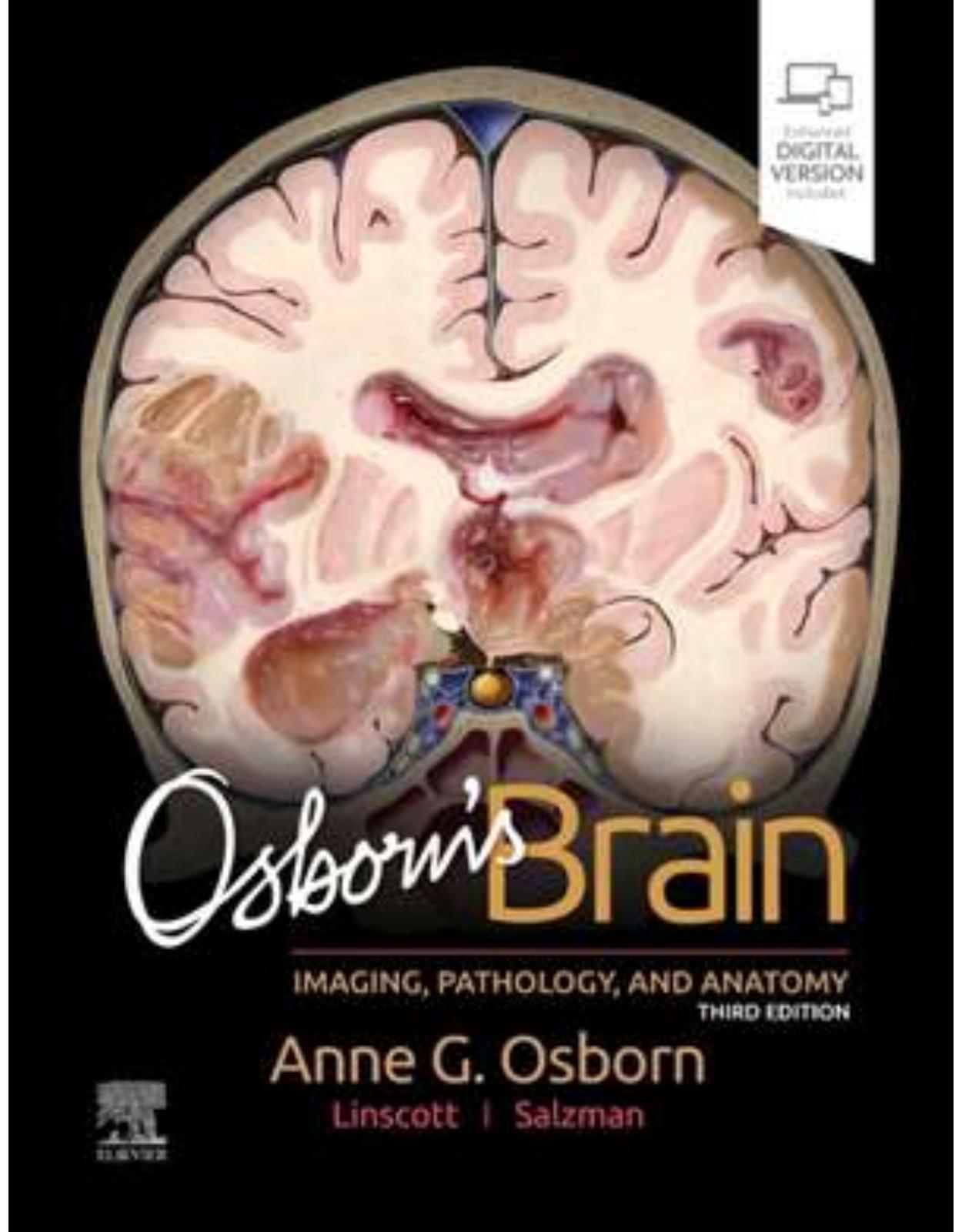
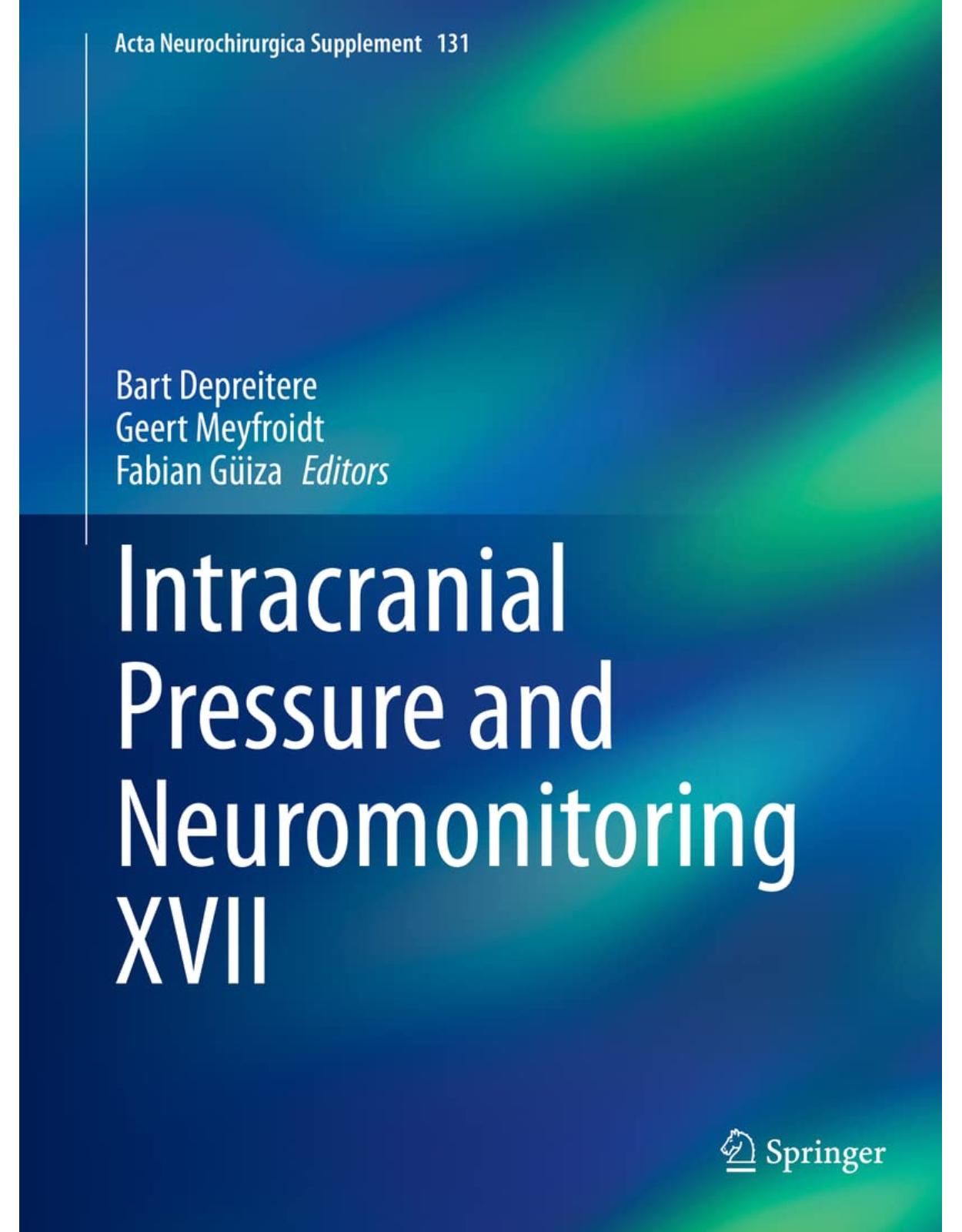
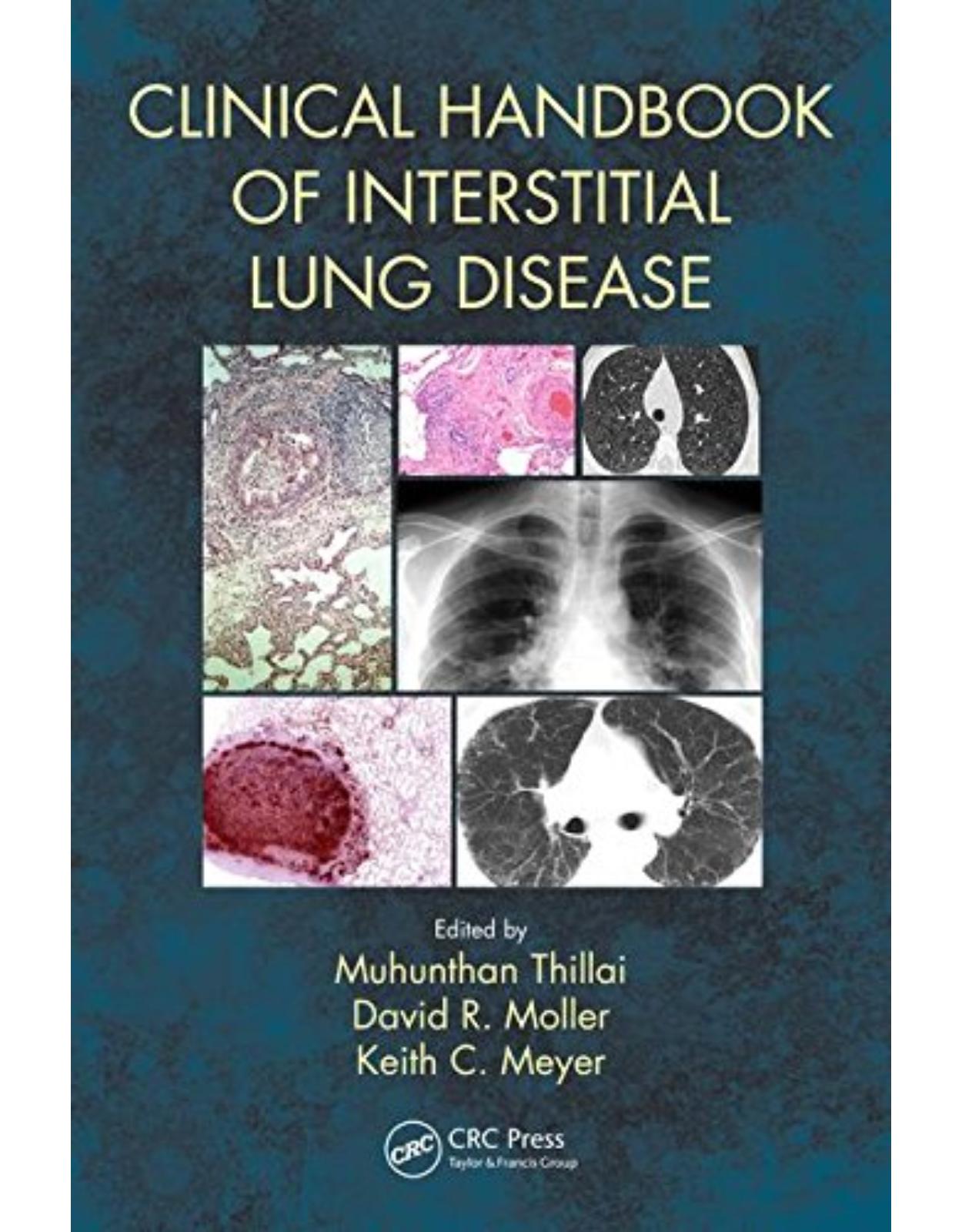
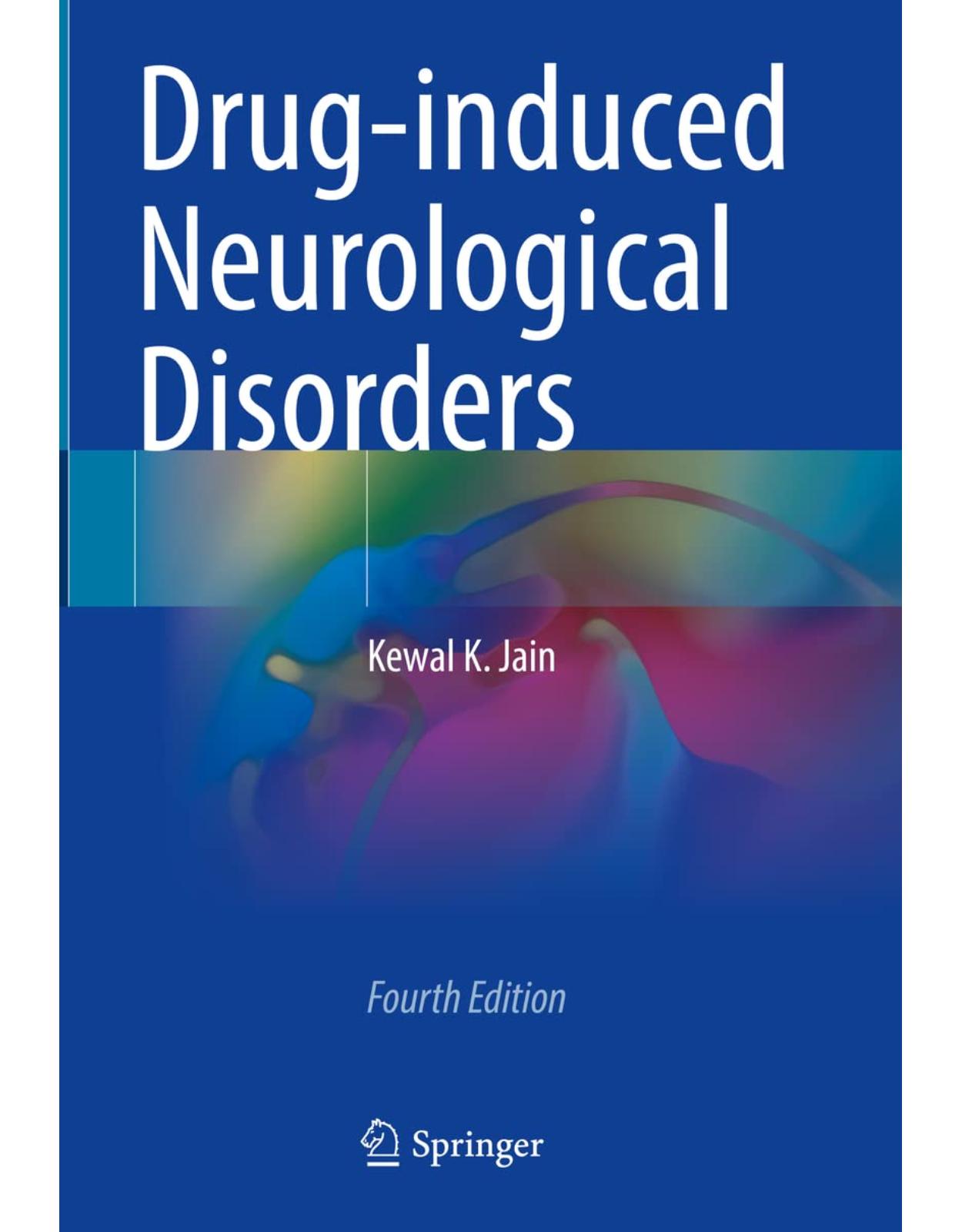
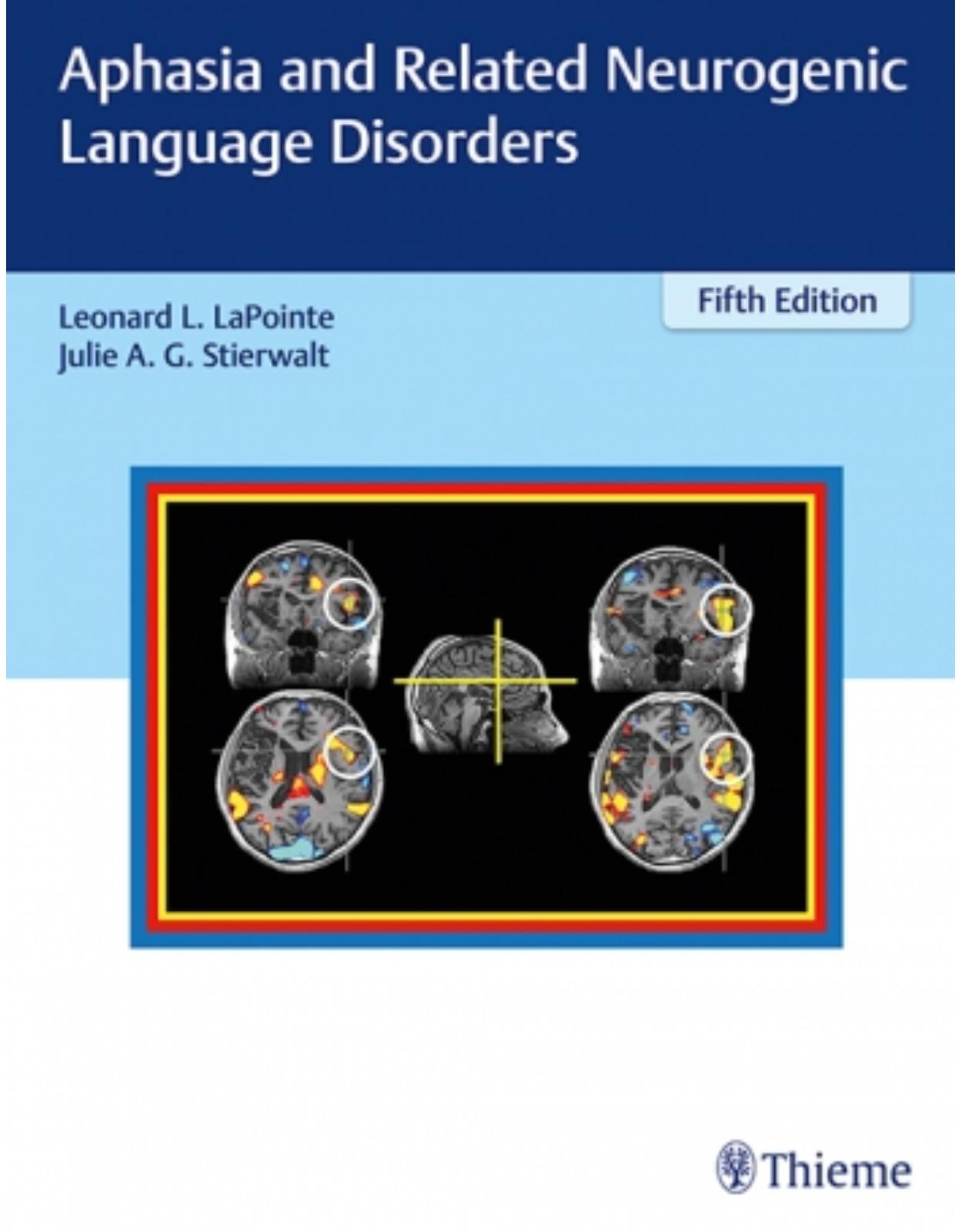
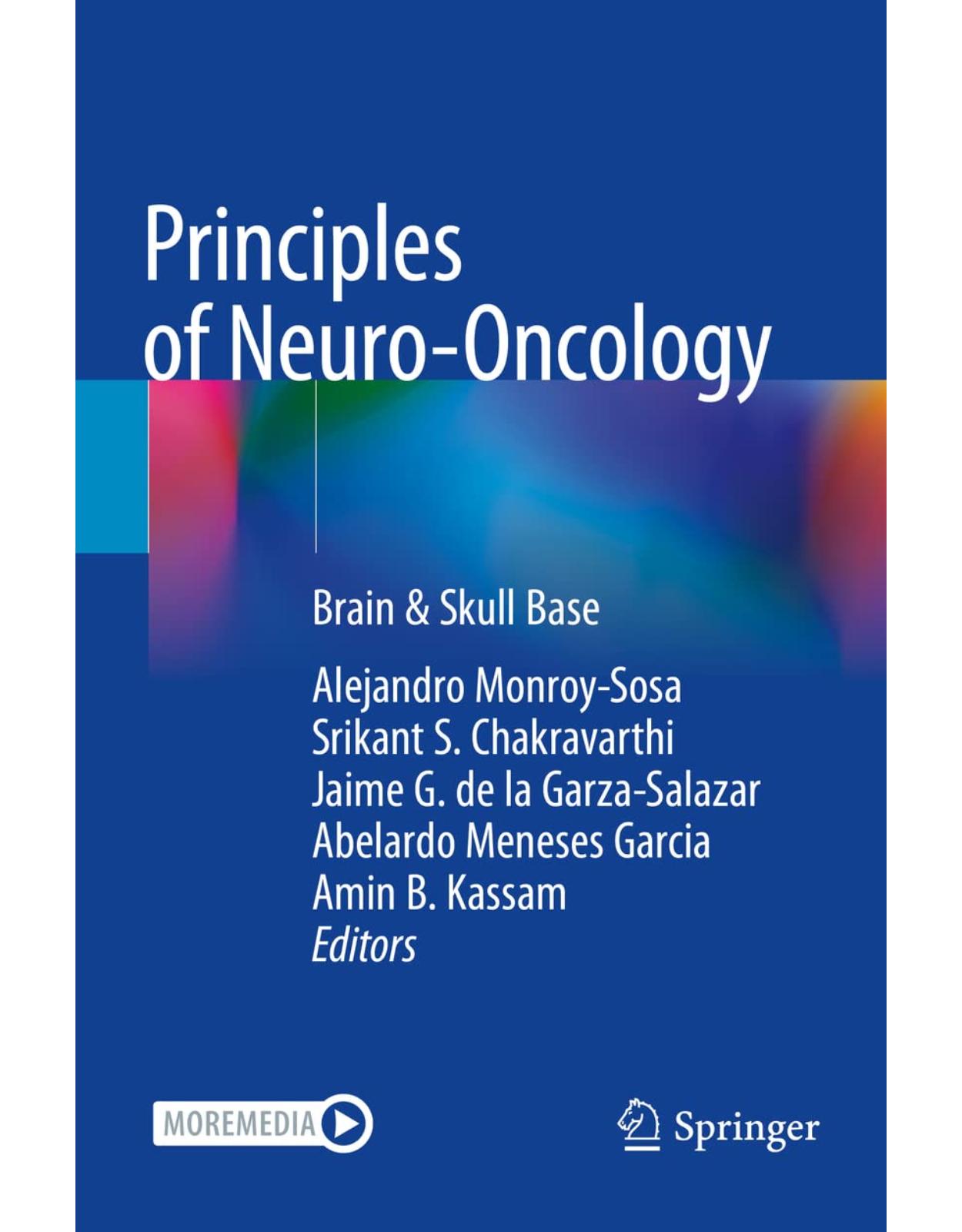
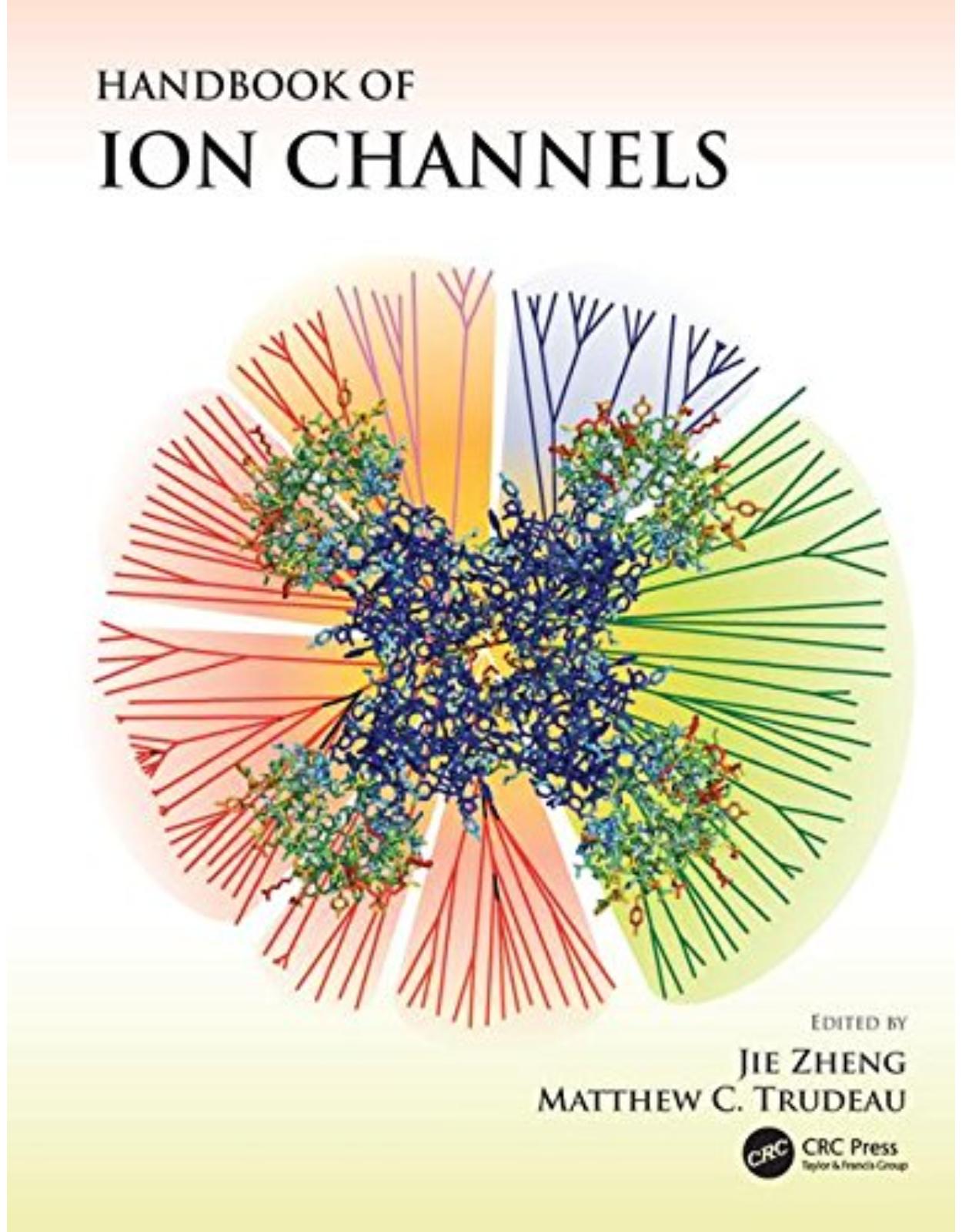
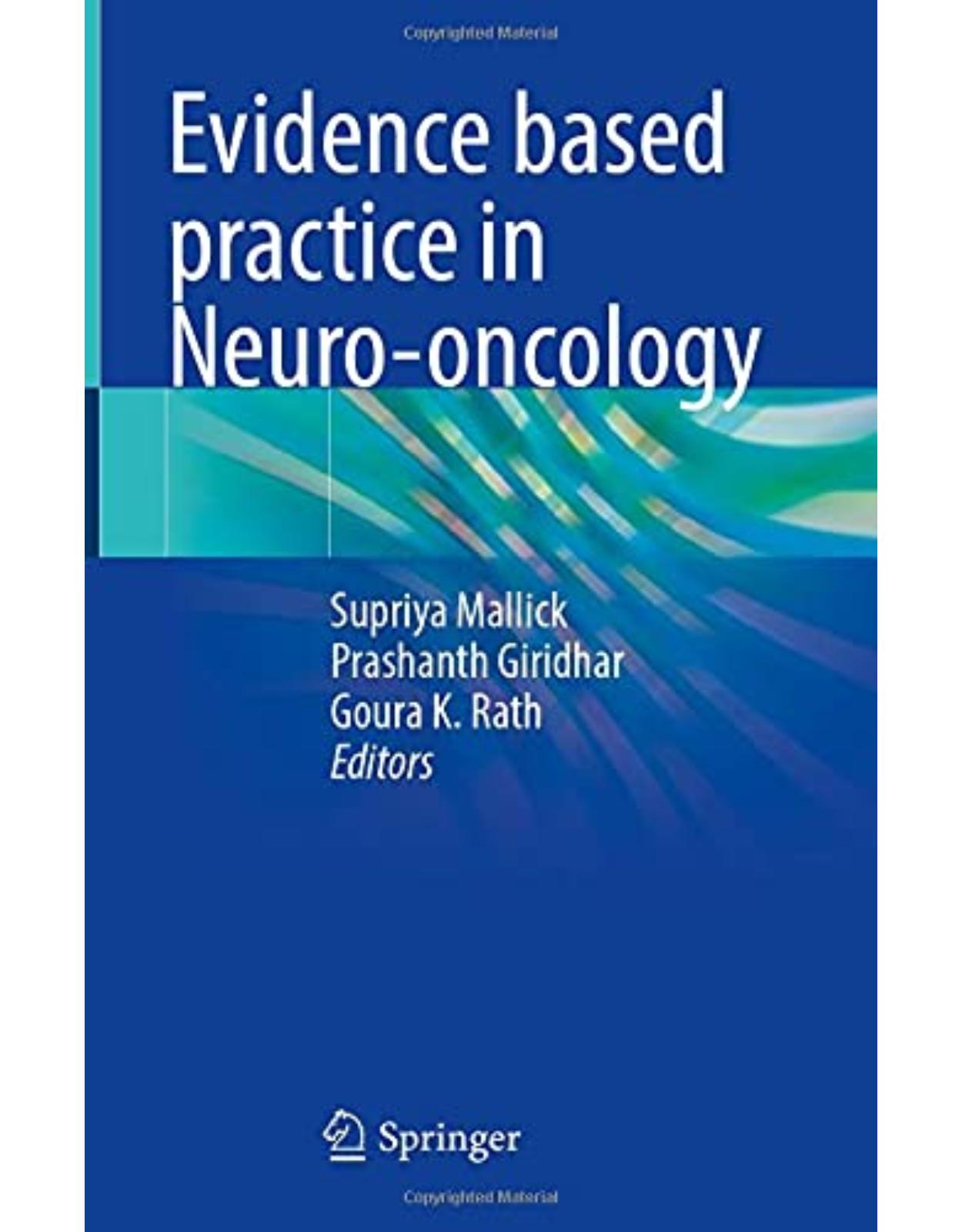
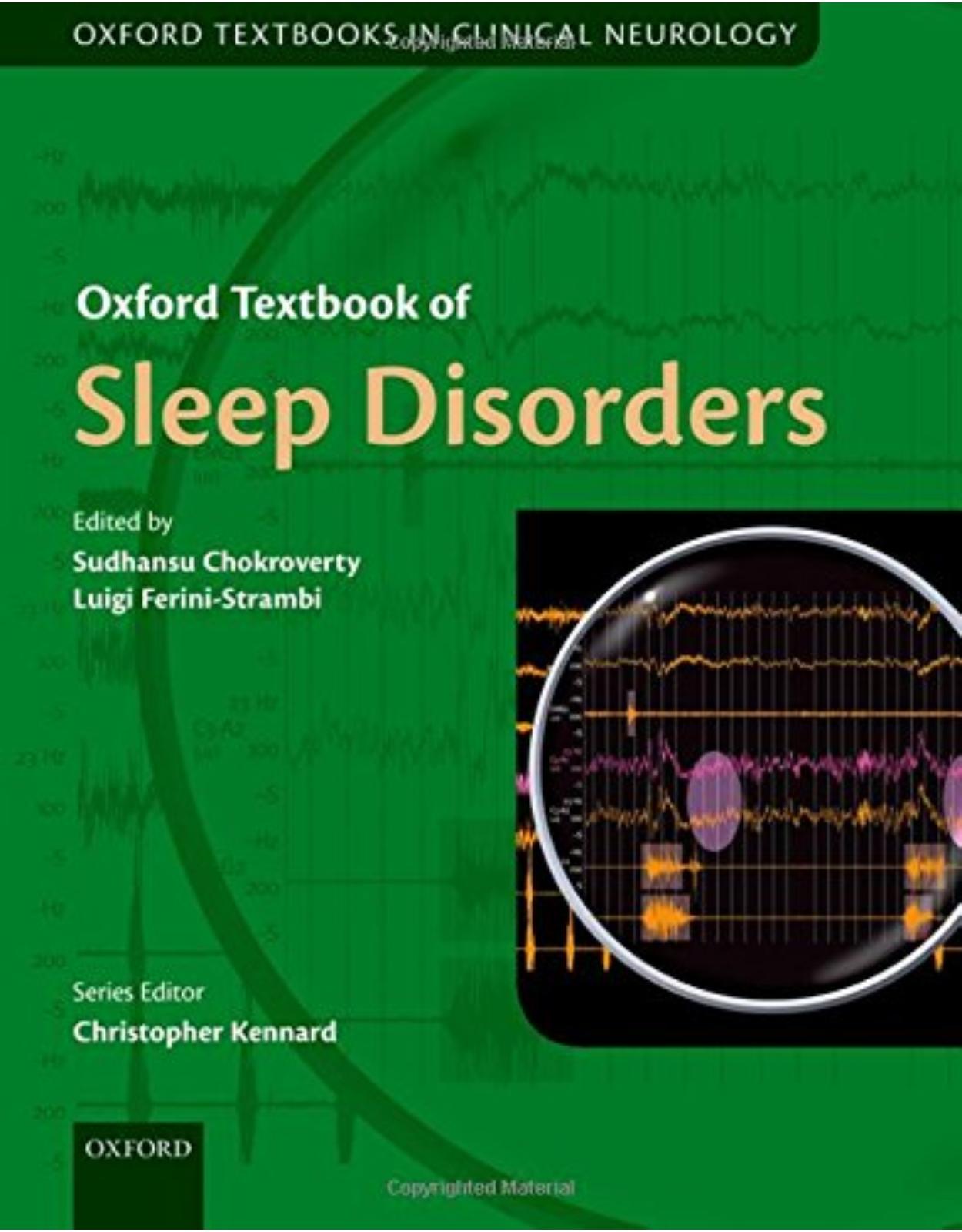
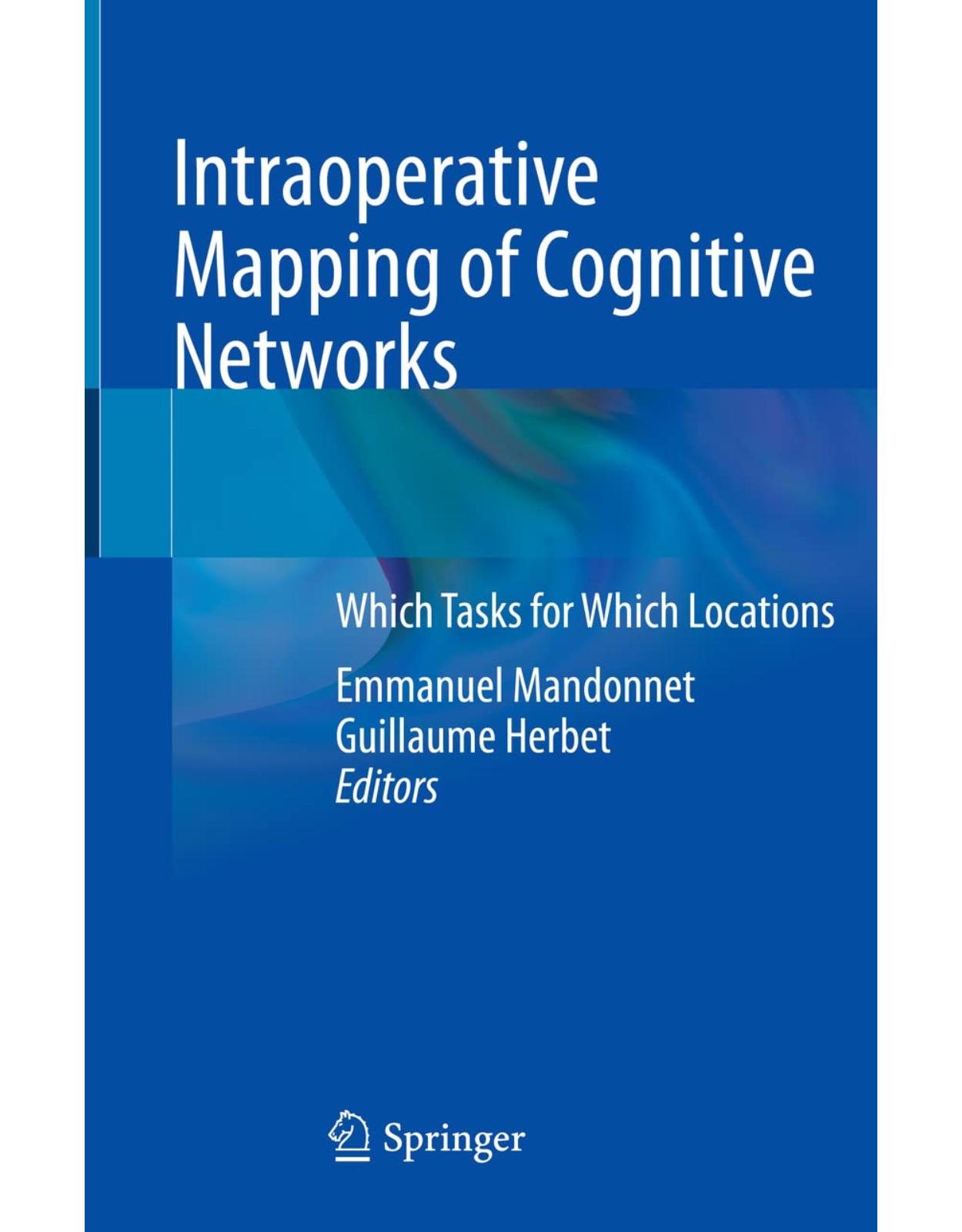
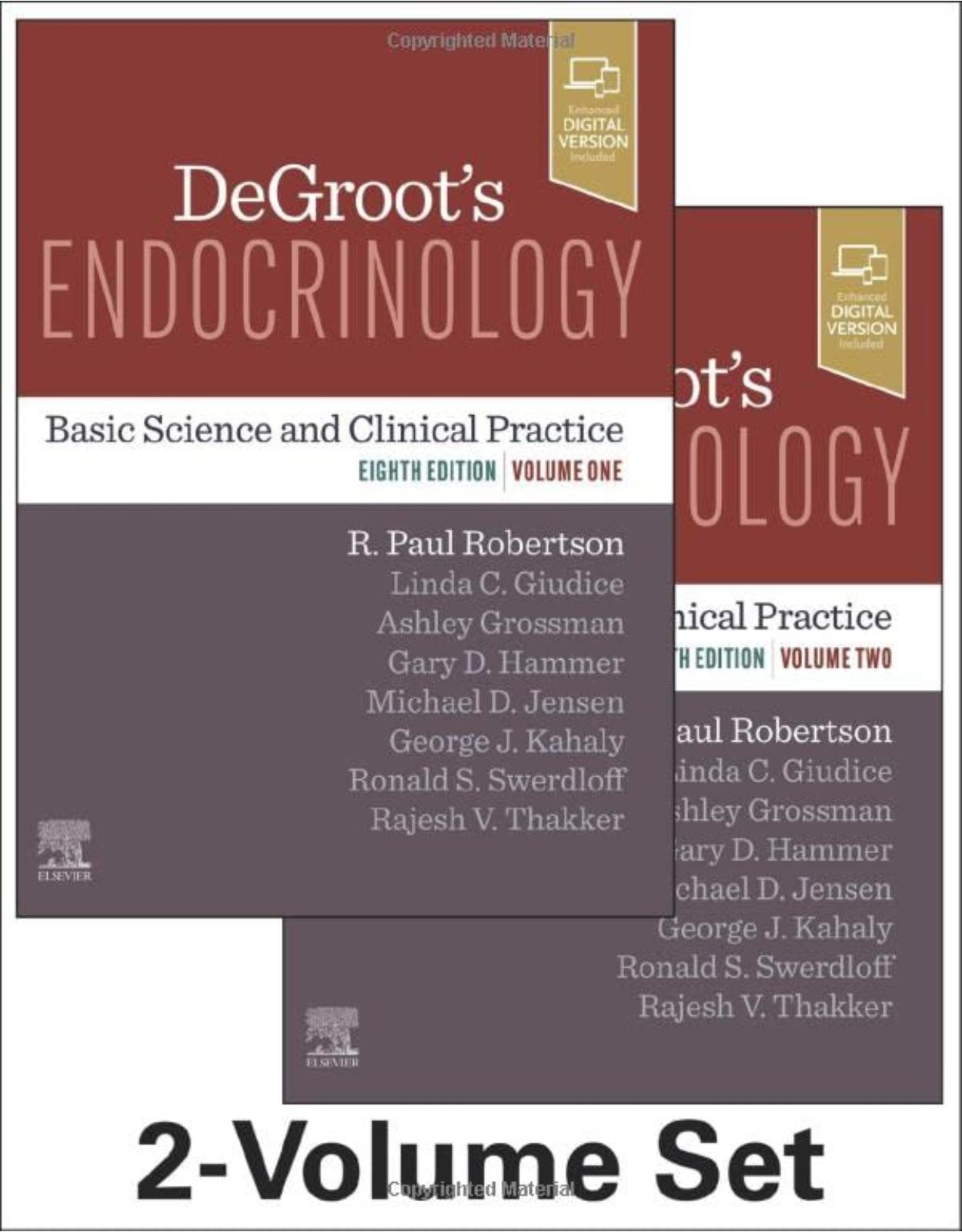
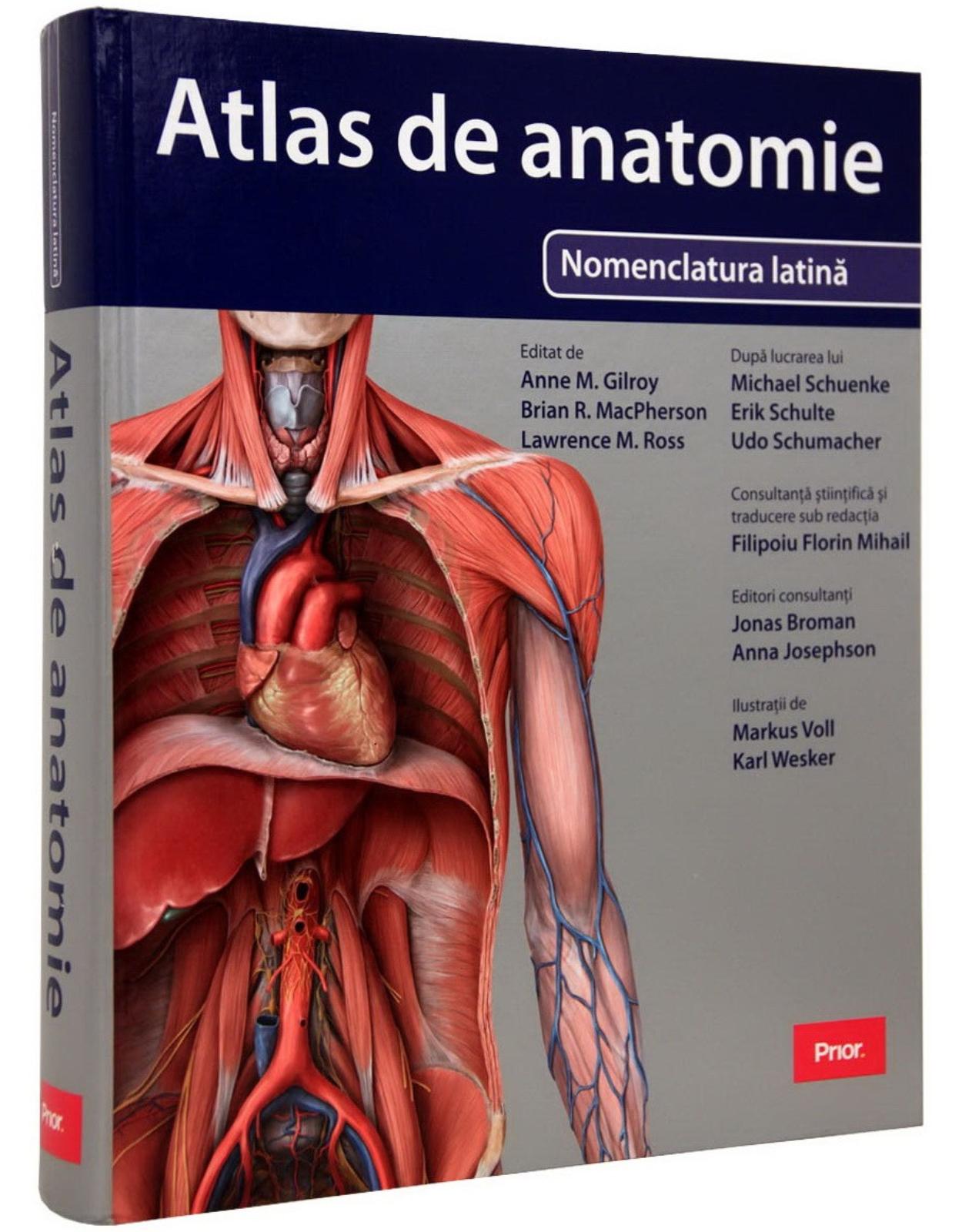


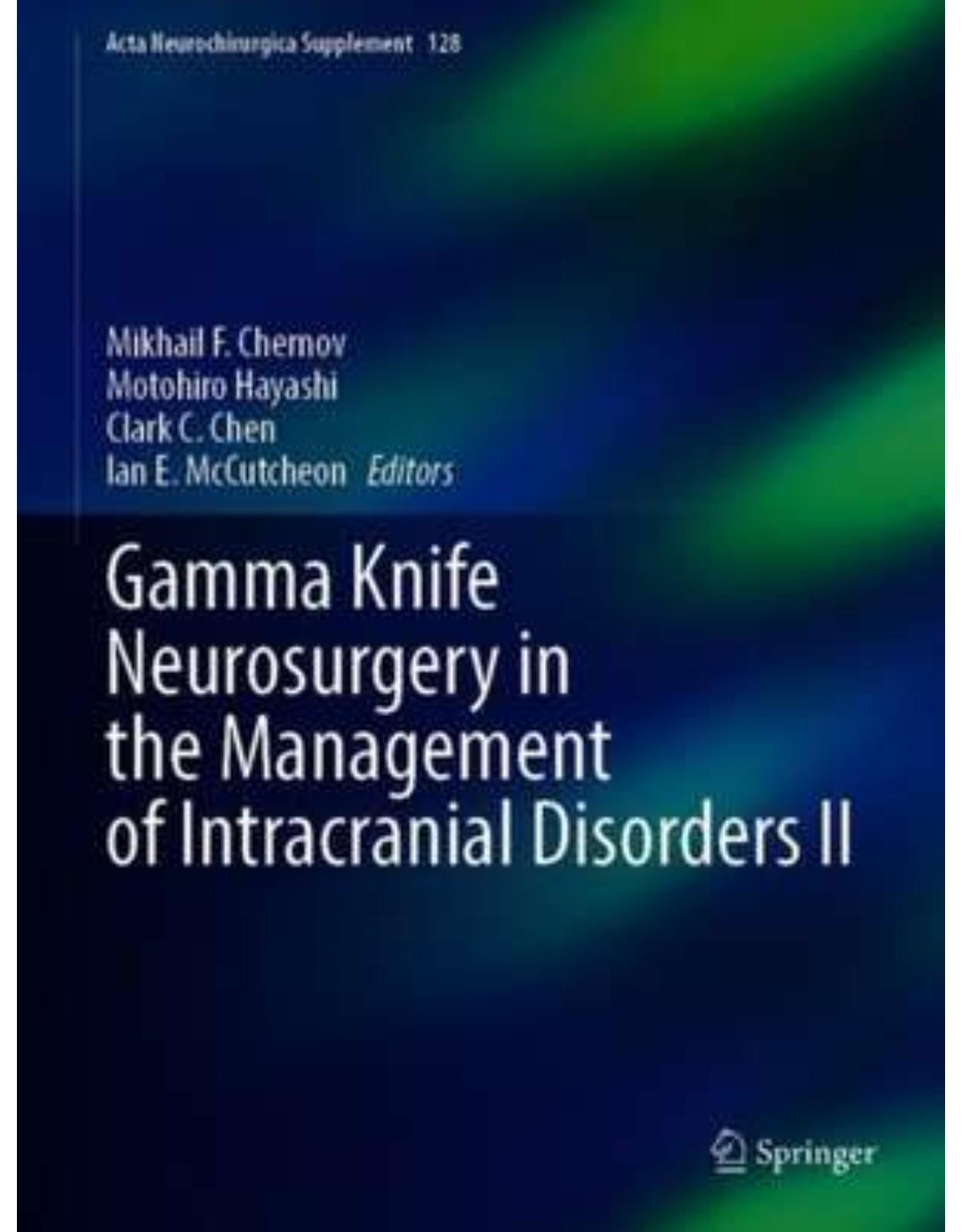
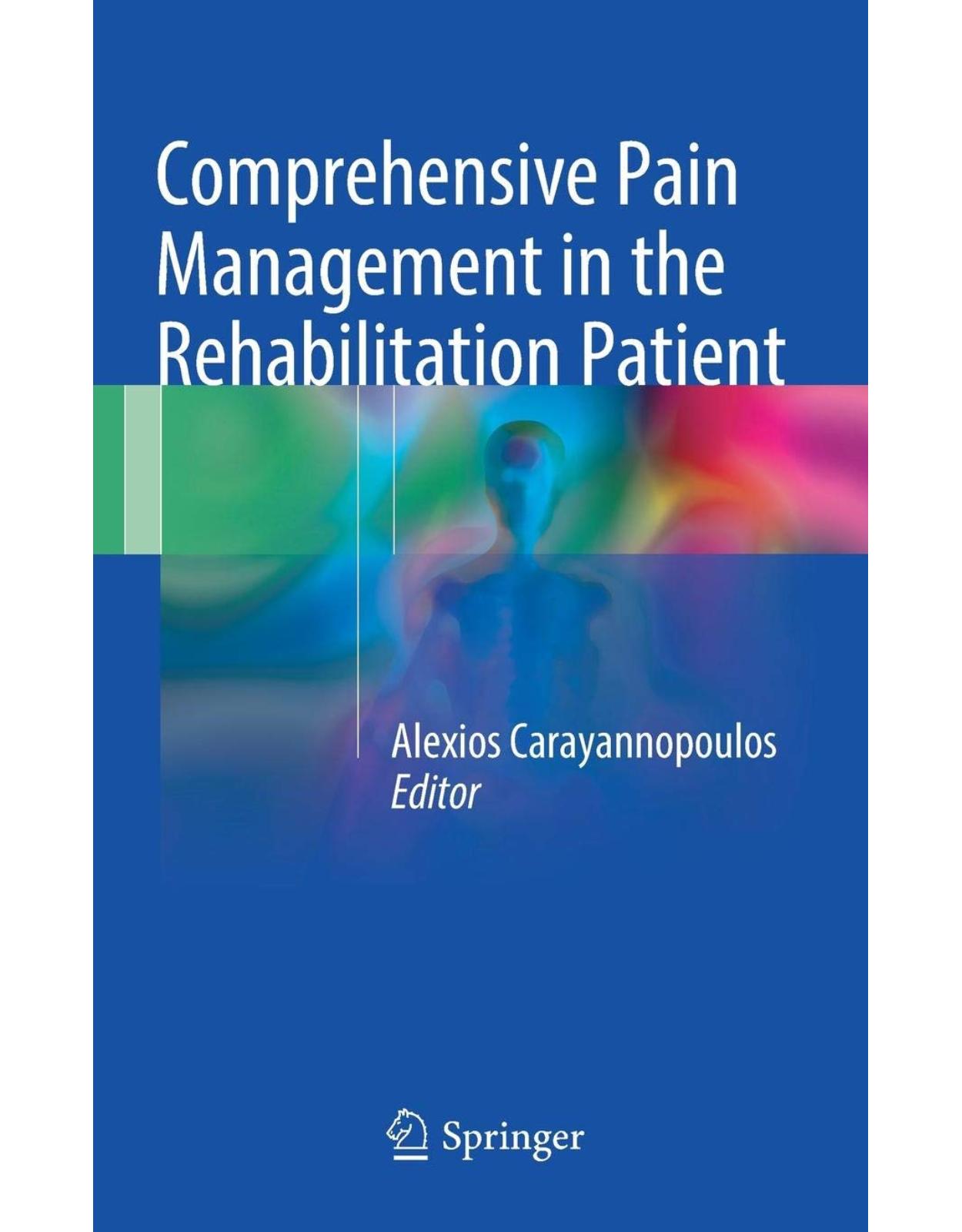
Clientii ebookshop.ro nu au adaugat inca opinii pentru acest produs. Fii primul care adauga o parere, folosind formularul de mai jos.